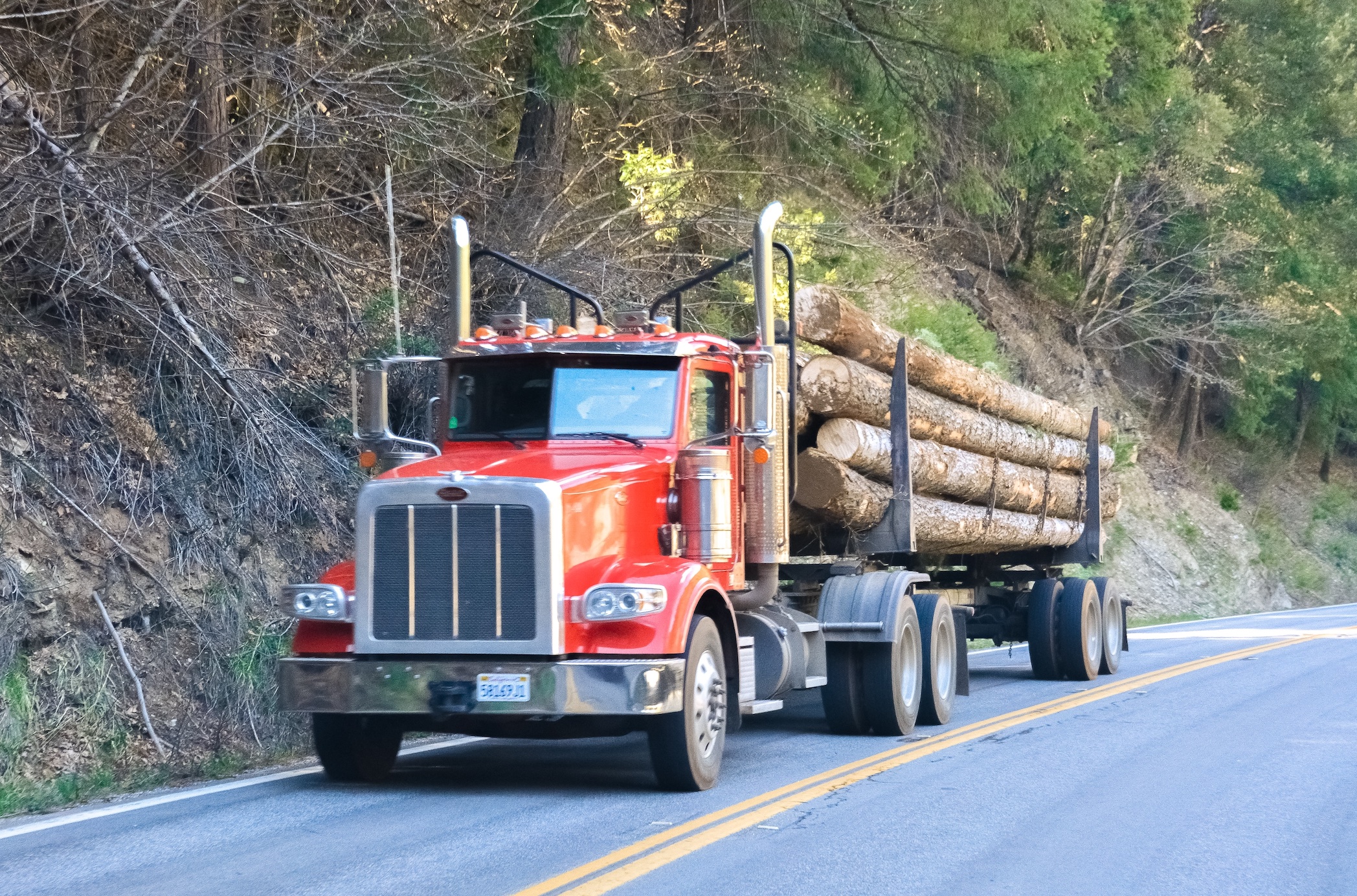Under California law, the trailer of a semi cannot exceed 53 feet in length and a truck cannot be more than 8.5 feet in width.
Los Angeles, CA – California is among the states with the highest number of crashes, and truck accidents account for almost 10% of all collisions. When you’re injured in any type of accident caused by someone else’s negligence, you have the right to file a personal injury claim and seek damages. You’ll have to prove that the other party was negligent and their actions resulted in you being injured. However, in a truck accident proving negligence may be more complicated as you can have multiple parties liable for damages. Also, you need a good grasp of all state and federal regulations that apply to the trucking industry. You might want to consult with some experienced Los Angeles truck accident lawyers to understand what you can use against the trucker and their employer.
Main state and federal regulations you can use
To determine what grounds for negligence you can use in your personal injury claim, your lawyers will listen to your account, examine the police report, visit the crash scene and, in many cases, conduct a technical evaluation of the truck.
Here are some of the regulations that may help you file a successful claim.
Hours of Service
When you think of a trucker’s life, you imagine a guy driving all day and well into the night, only stopping for a quick meal and some coffee. The Federal Motor Carrier Safety Administration has a completely different view and has imposed strict Hours of Service (HoS) regulations for commercial drivers. A trucker is not allowed to drive day and night without pause as this increases the risks of driver fatigue and the consequences can be dramatic.
A truck driver cannot work for more than 14 hours a day, which includes preparing for the trip, inspecting the vehicle, and no more than 11 hours of actual driving. After 8 hours of driving, the trucker must take a 30 minutes break. After 14 hours on the job, the driver must rest for 10 hours.
Your Los Angeles accident lawyers will review the data in the driver’s log, which can be written or electronic. If they find any HoS of service violation, this constitutes negligence and you can sue the trucker and probably his employer, too.
Truck and Load Weight Regulations
Under California law, the trailer of a semi cannot exceed 53 feet in length and a truck cannot be more than 8.5 feet in width. Also, the fully loaded truck cannot weigh more than 80,000 pounds. Your lawyers will also check if the load’s weight doesn’t exceed the specifications for that particular type of truck.

The FMCSA has imposed strict regulations on weight, because, if the truck is overloaded, this may lead to a mechanical failure or a tire blowout.
Your lawyers will subpoena the trucking and the shipping company for delivery documents, weight tickets, and dispatch instructions. They will also check whether the cargo was properly balanced and secured to prevent sudden shifts.
Route Restrictions
In California, there are no peak-hour restrictions for commercial vehicles, but there are around 20 state route segments where only certain types of trucks are allowed. The restrictions refer to the number of axles, the weight of the loaded truck, or the type of cargo. For instance, trucks carrying flammable, explosive, or radioactive materials are not permitted to use certain road segments. Your lawyers will look up relevant local and state statutes to see whether the truck that caused your accident was allowed on that road.
Source: Caltrans Legal Basis for Truck Restrictions


Join the conversation!